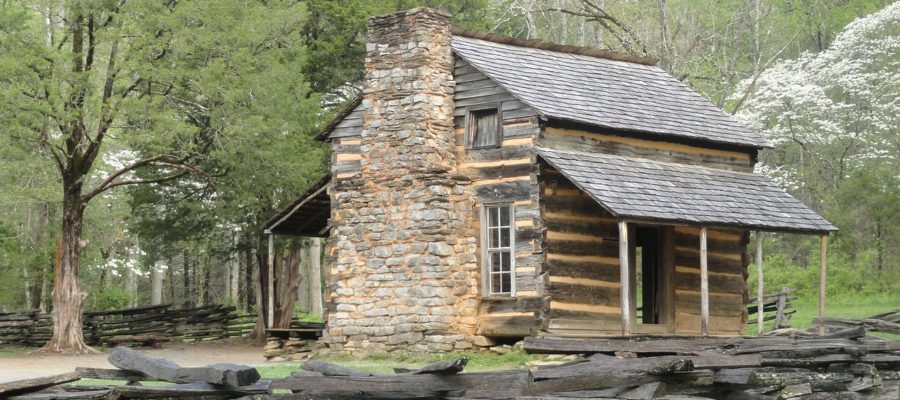If you are thinking about swapping your current home for a more rustic option like a log cabin but are worried about some of the things you might have heard about this option or just don’t know enough on the subject, it might be time to get some definitive answers to those questions you have.
When you are looking at an alternative lifestyle and accommodation option like living in a log cabin there are always going to be myths and uncertainties that might cloud your decision-making process. Here are some useful pointers covering how energy efficient a log cabin really is and whether your choice of wood species makes a difference.
Worried about energy efficiency?
Right up there as one of the main questions that prospective log cabin owners want an accurate answer to, is will my log home be energy efficient?
The good news is that the wood you choose for your log cabin and treat with a product like Weatherall log home finishing will have been produced and designed to be energy efficient.
Probably one of the reasons why some people believe log homes aren’t very energy efficient is because the R-value of logs often ranges between 1.1 and 1.8 per inch of thickness.
The R-value is a measure of thermal resistance used in the building and construction industry, and it has to be said that a rating of 1.1to 1.8 per inch of thickness is not that impressive when you look at the figure in isolation.
But looking at the R-value in isolation would be misleading and could cause you to think that your log cabin won’t be that energy efficient. Counteracting that energy rating is the fact that logs benefit from thermal mass, which means they are able to store heat throughout the day and then radiate it into your home during the night when the sun goes down.
When the weather is warmer the logs’ mass manages to slowly transfer the heat into your home, so it will remain naturally cooler. What all this means is that it would be wrong to be unduly concerned about a poor R-value in isolation as what your logs might lack in that department, this is more than compensated for by their actual overall performance.
Does it matter which type of wood I use?
The short answer to that fundamental question is yes it does make a difference which species of wood you use.
It is important to understand and appreciate that each type of wood offers a different set of attributes and this will influence the aesthetic appeal of your log cabin.
Colors and grain patterns will vary across the different species of logs available for use in the construction of your cabin home, so it would be a good idea to have a conversation with your log supplier to talk about colors and grain patterns, so that you know how your home is going to look when it matures and weathers over time.
Which type of wood is best?
You may also be wondering what type of wood will be the best choice for your log cabin so that you get the best performance all round and don’t just base your decision on looks alone.
It would be wrong to single out one specific species of wood and claim it was the best choice because there is no one wood that can be considered as better than all the others for constructing your log cabin home.
Each species of wood has certain characteristics. Oak, for example, is strong and heavy with a tight grain, while Western Red cedar offers a natural resistance to decay and bugs, but isn’t considered to be that strong when used for beams.
Engelmann spruce is light in color with a hint of redness, and despite being light in weight they have good thermal characteristics.
When trying to reach a decision on which type of wood you want to use for your log cabin, probably the best way to decide would be to use a species that is most commonly available in your area.
The reason why this might be a good move is that local builders will be familiar with working with that species and because it is native, the logs will have already adapted to the climate conditions relevant to your area.
The more you look into the idea you should start to appreciate that log cabins are a rustic option that offers a modern living solution.
Lily Browne has been researching alternative living options such as tiny houses and log cabins. She writes about this in her articles which appear on a range of eco-friendly, alternative living and home-related blogs.


